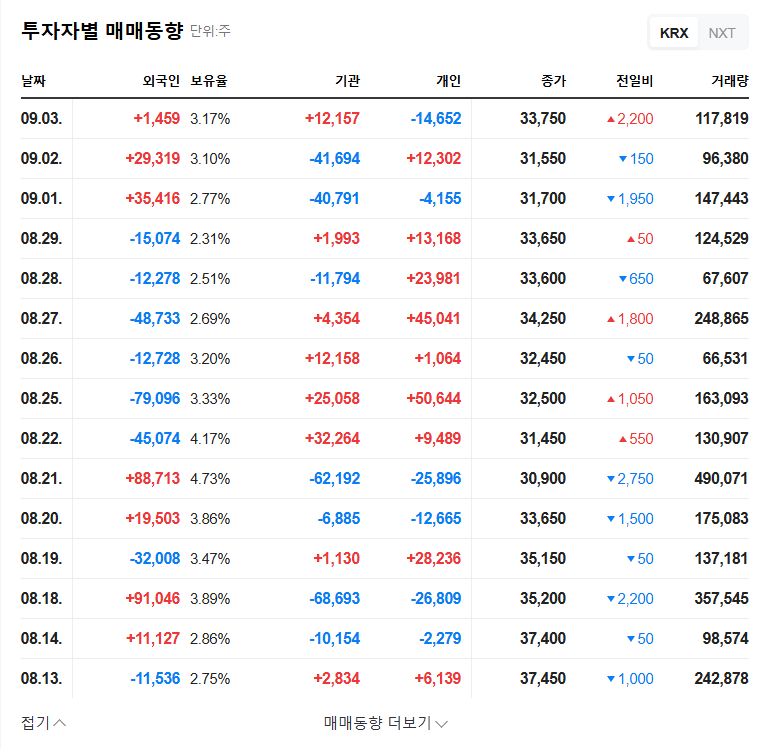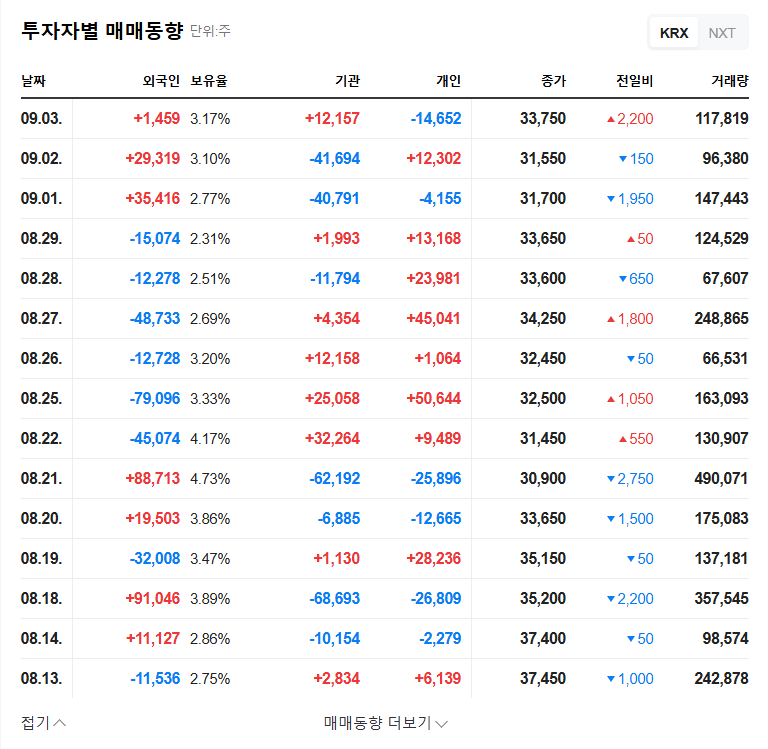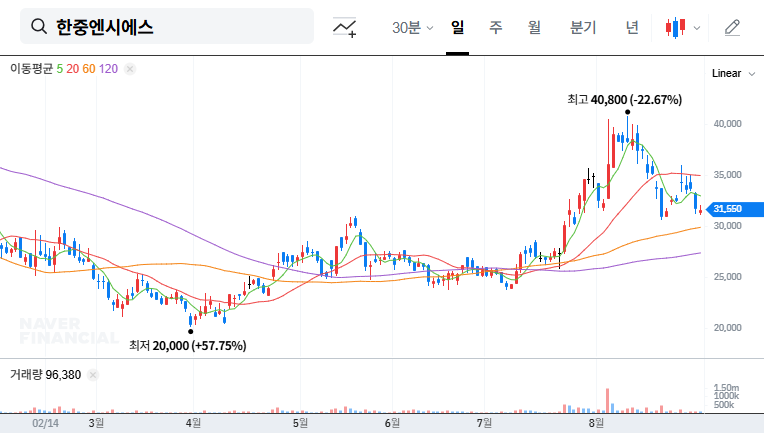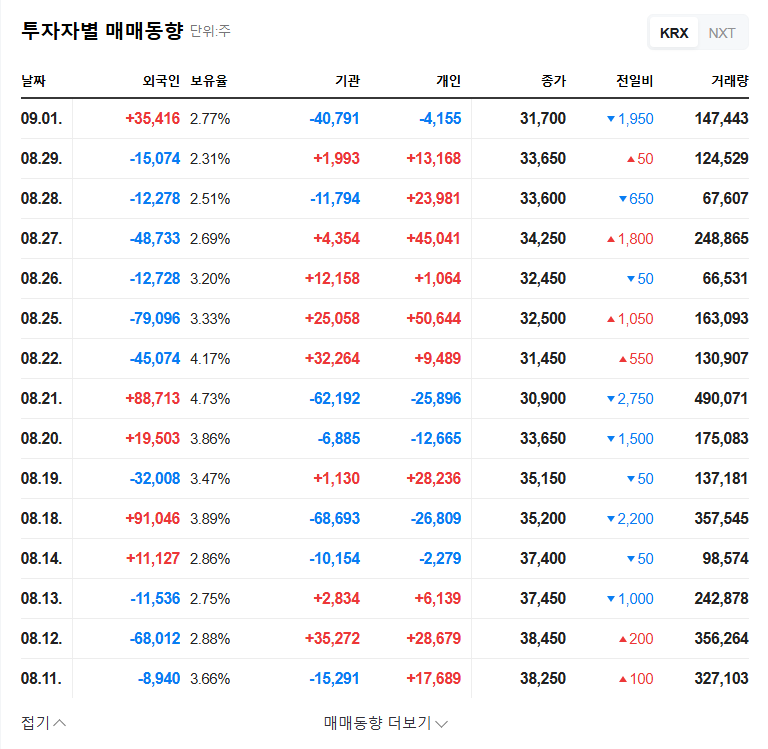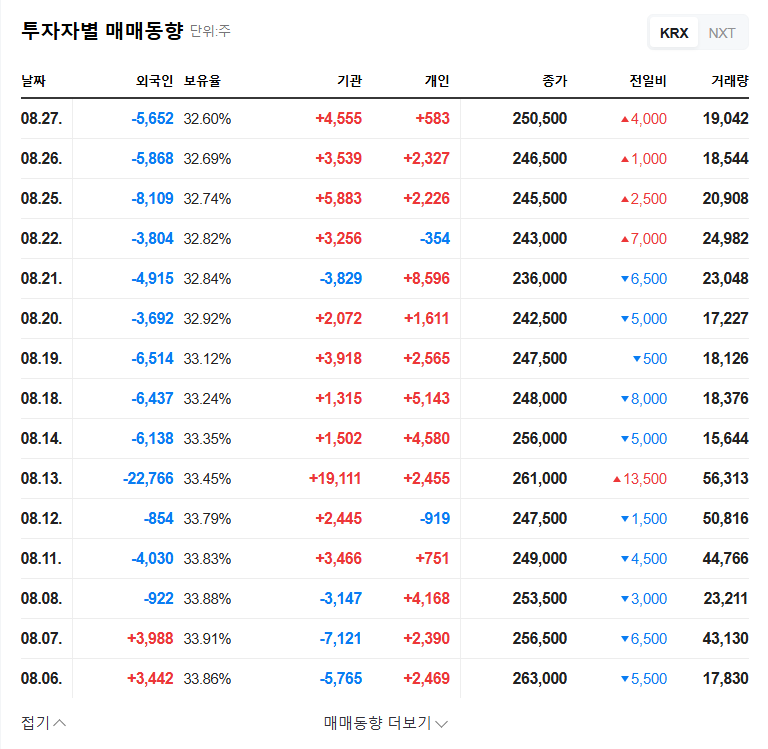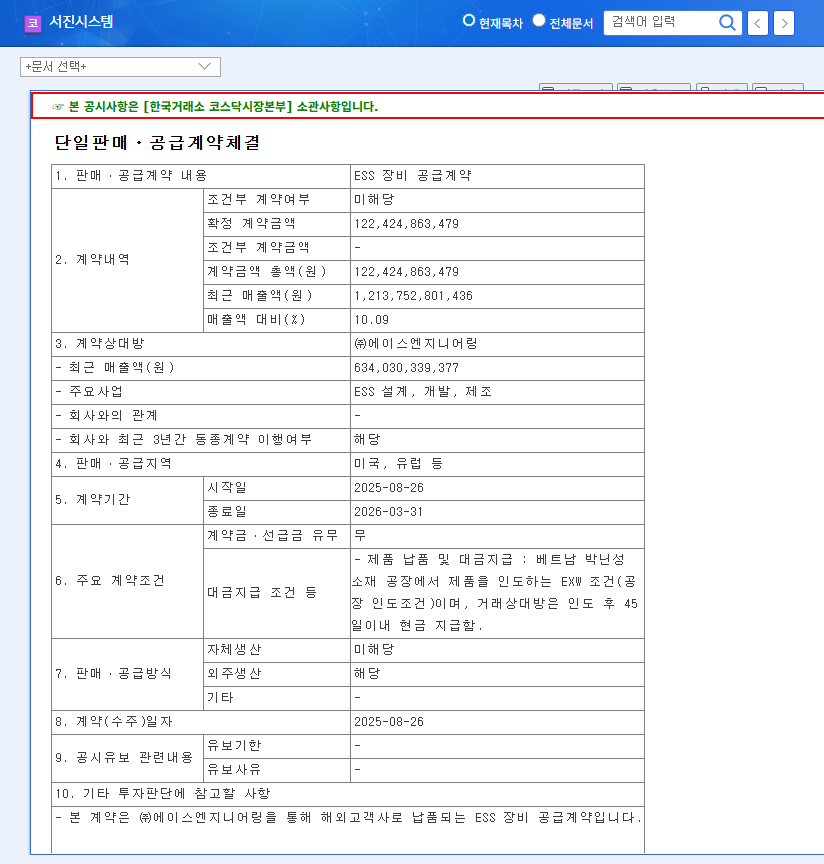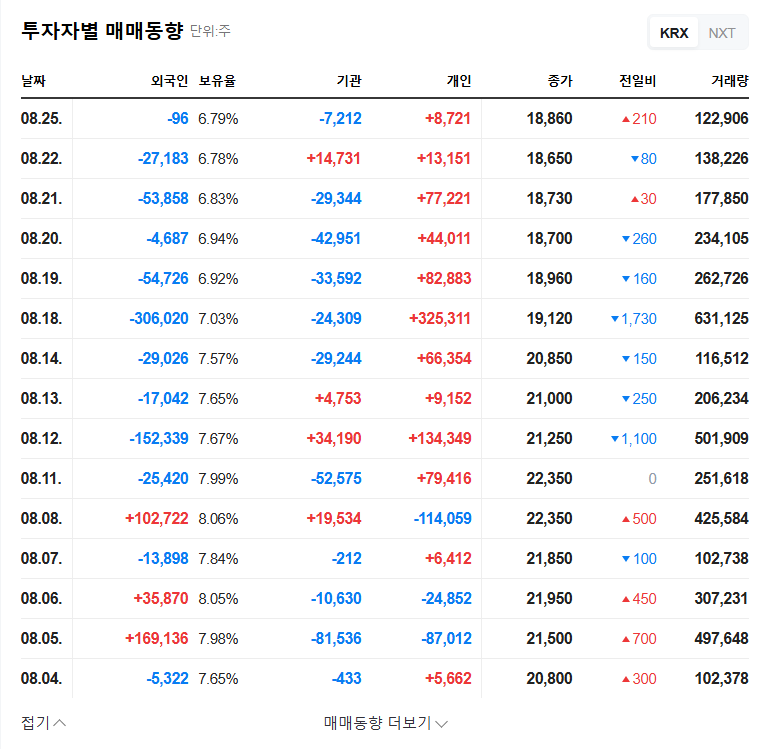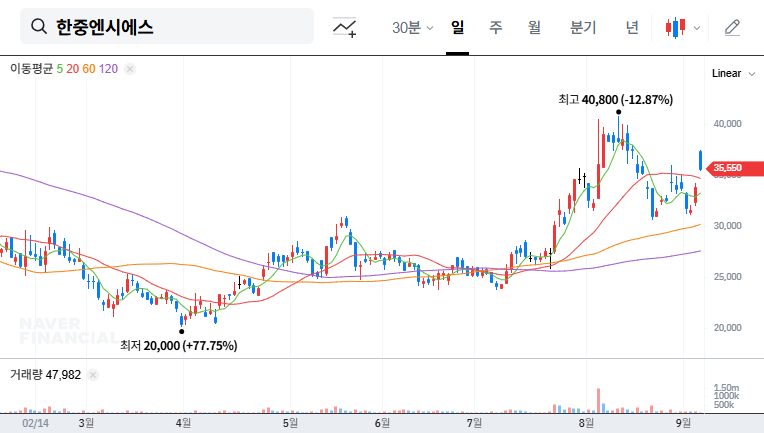
1. What Happened? Hanjung NCS Announces Rights Offering
Hanjung NCS announced on September 3, 2025, a rights offering of 446,054 common shares at an issue price of KRW 33,628 per share, totaling approximately KRW 15 billion. Several institutional investors, including Shinhan Investment Corp. and KB Securities, are participating.
2. Why a Rights Offering? Strengthening Finances and Fueling Growth
This rights offering aims to improve the company’s financial structure and secure funds for new business investments. Facing challenges with declining sales and operating losses in the ESS segment in the first half of 2025, Hanjung NCS plans to use the proceeds to strengthen its financial health and invest in enhancing its competitiveness in the ESS and EV components business, as well as explore new markets.
3. What’s Next? Analyzing the Opportunities and Risks
Positive Aspects:
- Improved financial structure and reduced debt-to-equity ratio
- Investment in new businesses and strengthened R&D
- Potential benefits from growth in the ESS and EV markets
Negative Aspects:
- Potential stock dilution (though limited by the 5% issuance ratio)
- Increased capital costs and uncertainty regarding the use of funds
- Uncertainty surrounding the recovery of the ESS business segment
- Macroeconomic uncertainties (interest rate hikes, raw material price fluctuations)
4. What Should Investors Do? Careful Observation and Continuous Monitoring
The current offering price represents a discount of approximately 30% compared to the recent stock price, potentially making it attractive to investors. However, it is crucial to closely monitor the specific use of the funds raised and the recovery of the ESS business segment. Pay close attention to company announcements regarding the use of funds and the status of relationships with key customers and new orders in the ESS segment. Investors should be cautious of short-term stock price volatility and consider investment from a long-term perspective.
FAQ: Addressing Your Questions About the Hanjung NCS Rights Offering
What is a rights offering?
A rights offering allows existing shareholders to purchase newly issued shares at a discounted price, raising capital for the company.
What is the purpose of the Hanjung NCS rights offering?
The offering aims to improve the company’s financial structure and secure funds for new business investments.
How might the rights offering affect the stock price?
There are both positive and negative potential impacts. The expectation of improved financial structure and growth opportunities may positively affect the stock price. Conversely, stock dilution from the new share issuance may put downward pressure on the price.
What should investors consider?
Investors should carefully evaluate the specific plans for the use of funds, market conditions, interest rate trends, and the potential recovery of the ESS business segment before making investment decisions.

